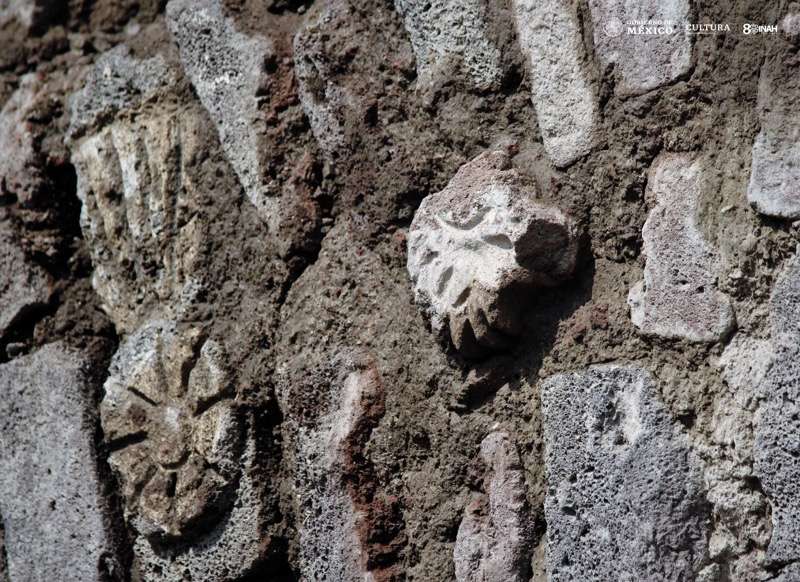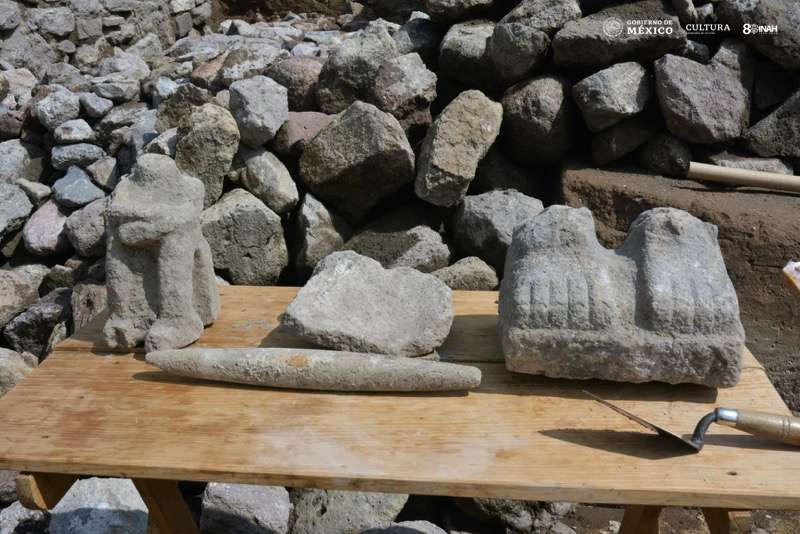17th-Century Tunnel Decorated with Pre-Hispanic Carvings Discovered in Mexico
Historians in Mexico have found an intriguing, 11 drawings decorated tunnel from the 17th century.
The pictures were created before the Spanish conquistadors arrived, but were incorporated into the walls of the tunnel when it was built centuries later.
This suggests that the Aztecs, known for their magnificent temples, the method of a hieroglyphic writing system, and gruesome penchant for sacrificing children.
In the 15th century, the Aztec emperor Moctezuma I ordered the construction, in an attempt to control severe flooding from surrounding rivers, of a reservoir project in what is now Mexico City.
However, when infamous conquistador Hernán Cortés and his posse arrived, the system was destroyed, before being rebuilt in the 17th century. The dike system is now known as the Albarradon de Ecatepec.
The stone used in the initial construction was likely repurposed when the dikes were rebuilt, explaining the Aztec symbols etched into the sides of the tunnel.
It is believed they were drawn by locals from the nearby towns of Chiconautla and Ecatepec prior to the Spanish invasion.
The images include both petroglyphs (rock carvings) and stucco relief panels and depict various things, including a war shield or chimalli, the head of a bird of prey, and a flint point.
Some icons are still being carefully examined to assess what they might portray, notes INAH, Mexico’s National Institute of Anthropology and History.

The main arch of the tunnel also includes an etching of a temple dedicated to Tlaloc, the Aztec god of rain, earthly fertility, and water. He was viewed by the Aztecs as a provider of life and sustenance.
Hidden within the 8-meter (27-foot) tunnel also lay various artifacts made from glass, porcelain, and a type of pottery called majolica, along with a statue of a seated person that appears to be missing its head and the lone feet of a larger statue.
The discovery is part of a long-term government project to excavate the Albarradón de Ecatepec, which has been running since 2004.
The newly discovered tunnel is located 500 meters (1,640 feet) from the start of the Albarradón in an area called Patio de Diligencias.
The INAH now plans to replace the glyphs with replicas and house the originals in the Casa de Morelos Community Center.






